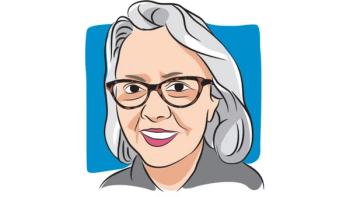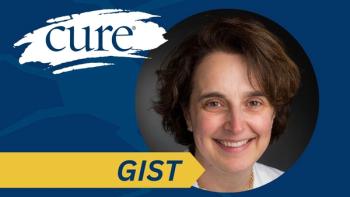
Healing, Hope and the Power of Advocacy
Key Takeaways
- A young mother diagnosed with peritoneal mesothelioma survived 18 years post-diagnosis, defying an 18-month prognosis through HIPEC surgery.
- Her experience led to a passion for advocacy, supporting cancer survivors, especially women, emphasizing emotional and spiritual healing.
When I was diagnosed with peritoneal mesothelioma at 21 years old, the doctors gave me 18 months to live; that was 18 years ago.
When I was diagnosed with peritoneal mesothelioma at 21 years old, the doctors gave me 18 months to live.
That was 18 years ago.
Back then, I was a new mom with a four-month-old baby boy. I was just beginning to find my footing in motherhood, still adjusting to life after college, and learning how to balance all the newness life had thrown at me. Cancer was never part of the plan. But it showed up, uninvited and unapologetic, with a rare diagnosis and a grim prognosis.
In those early days, fear threatened to swallow me whole. I didn’t know what mesothelioma was, only that it wasn’t good. Every internet search led to stories that didn’t sound like mine. Most of what I found featured older men with military or construction backgrounds. I didn’t fit the mold, and I certainly didn’t see anyone who looked like me. Young. Black. Female. Postpartum.
But what I lacked in medical understanding, I made up for in faith and determination. My family and I searched for answers, for second opinions, for anyone who could help. And by what I now know was divine timing, we found a specialist in my own city who believed I was a candidate for a complex and aggressive procedure called HIPEC, cytoreductive surgery with heated intraperitoneal chemotherapy.
The surgery lasted nearly 12 hours. Recovery took a full year. But it worked.
Now, almost two decades later, I’m still here. Thriving.
And with this gift of extended life came something unexpected. A burning passion to help others through their own journey.
That’s where my advocacy began.
I remember how alone I felt in the beginning. How isolating it was to be so young and so sick, to be told that my future was no longer promised. And I remember how powerful it was the first time I connected with another survivor. That conversation changed me. It reminded me that even though cancer alters your life, it doesn’t take your voice. It doesn’t silence your story.
Now I use mine as often as I can.
Whether I’m writing articles, speaking at events, or contributing to campaigns with organizations like The Mesothelioma Center at asbestos.com, I am always looking for ways to connect with survivors, especially women navigating life after diagnosis. I’ve written resources like Thrive Sister Thrive: 21-Day Women’s Devotional and A Survivor’s Guide to Thriving in Survivorship because I believe healing is more than physical. It’s emotional, spiritual, and deeply personal.
Advocacy is what gives me energy. It’s what keeps me grounded.
It reminds me that our pain can have a purpose, that our voices matter, and that someone out there is waiting to hear what we’ve been through. Not because we have all the answers, but because we’ve lived it.
I’ve come to believe that surviving cancer isn’t just about making it through treatment. It’s about learning how to live again. To hope again. To rebuild after your world has been shaken.
Every time I share my story, I think of the woman on the other side of the screen or the hospital bed. The one who just got her diagnosis, who doesn’t know what’s next, and who needs to see what’s still possible.
If I can be that reminder for her, then every scar, every hard day, every prayer I prayed in the dark was worth it.
This piece reflects the author’s personal experience and perspective. For medical advice, please consult your health care provider.
For more news on cancer updates, research and education,




